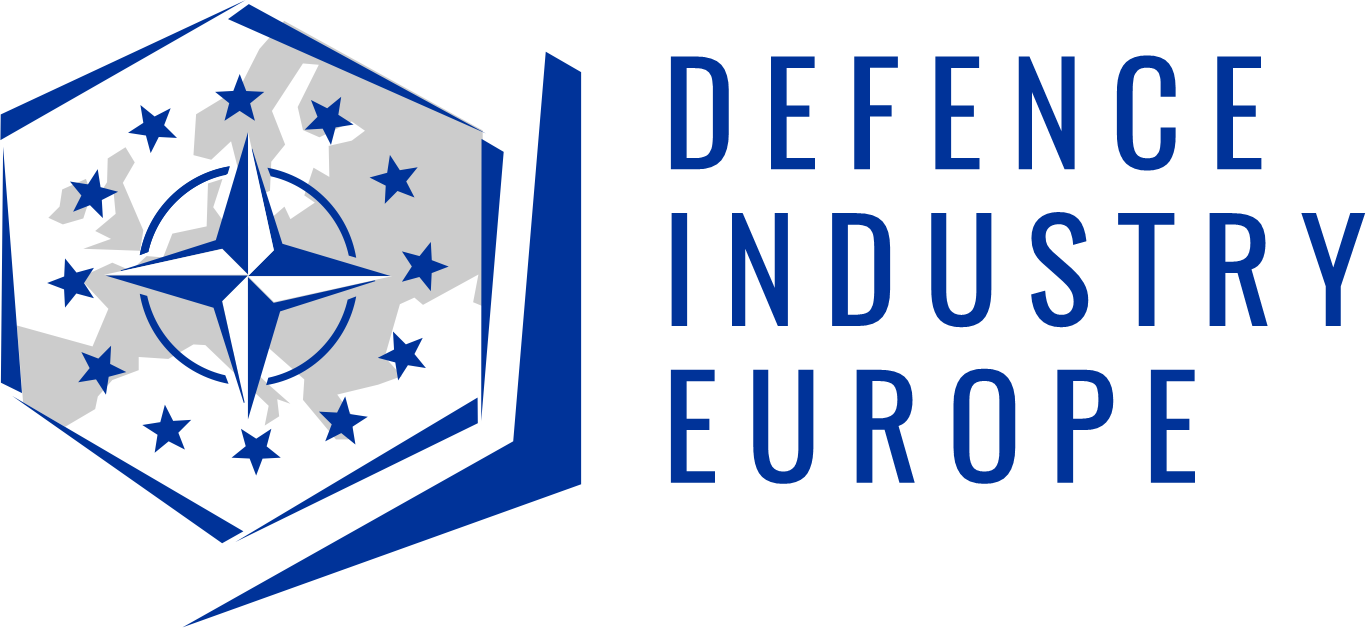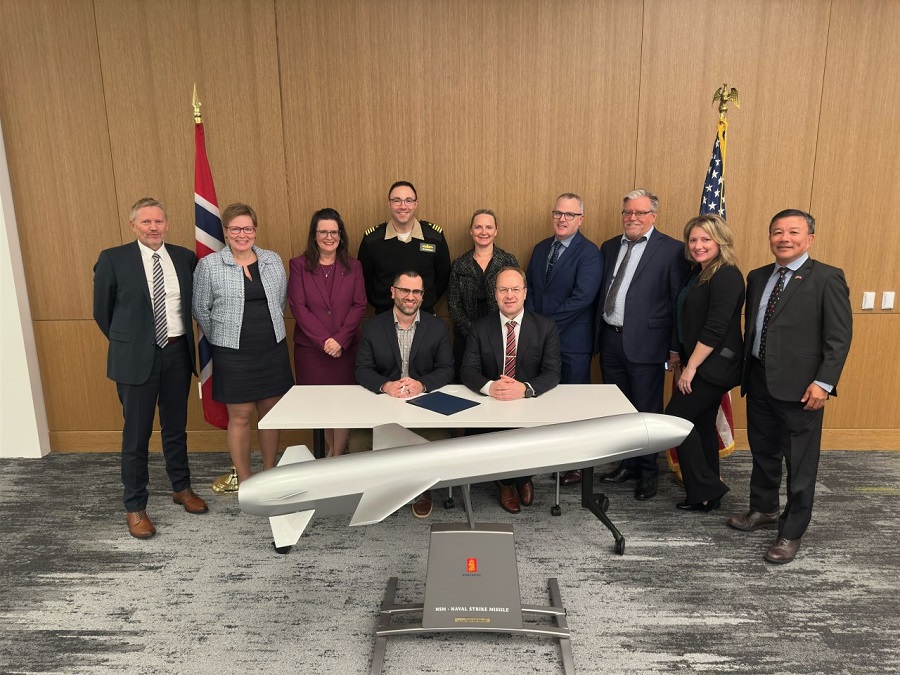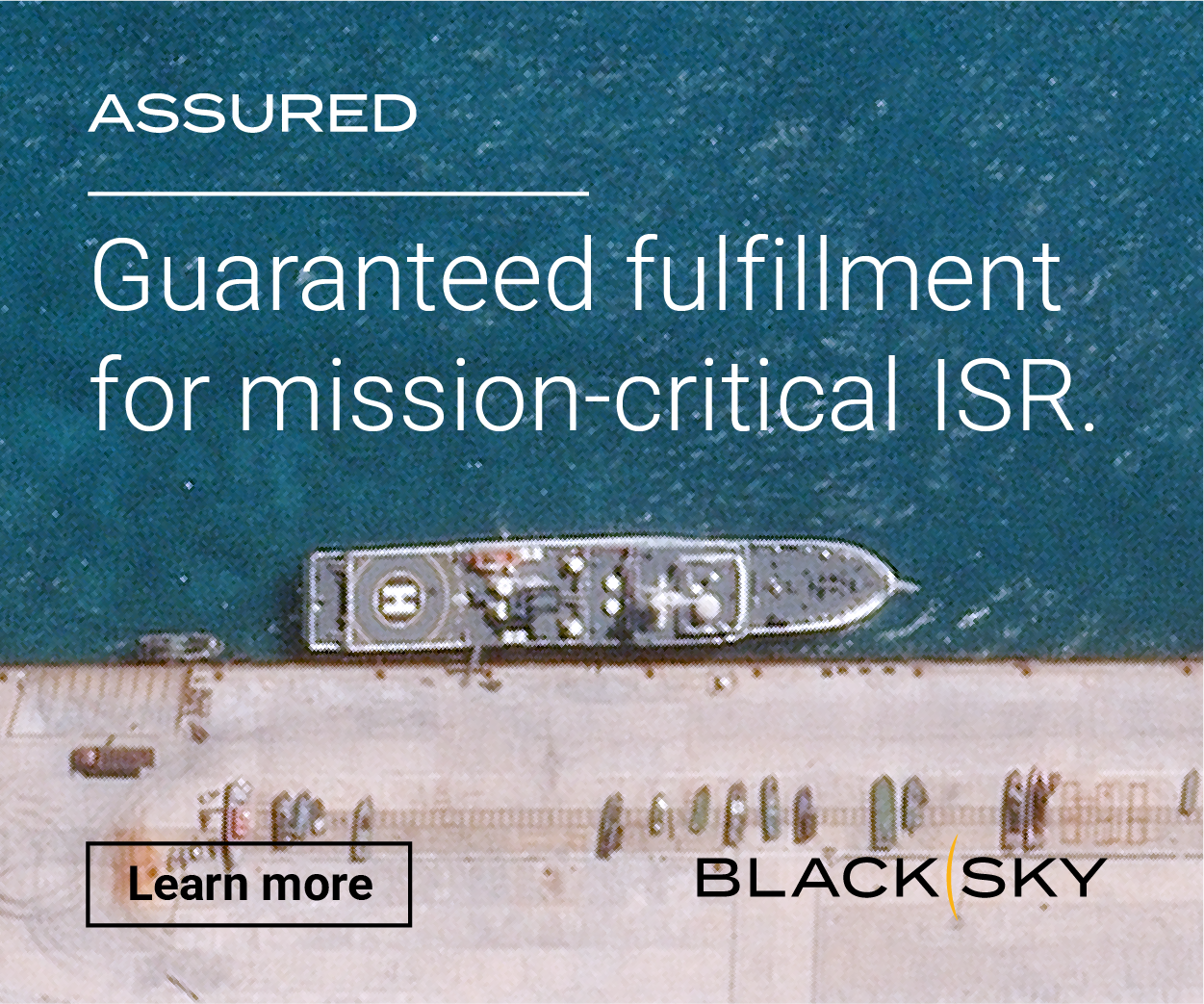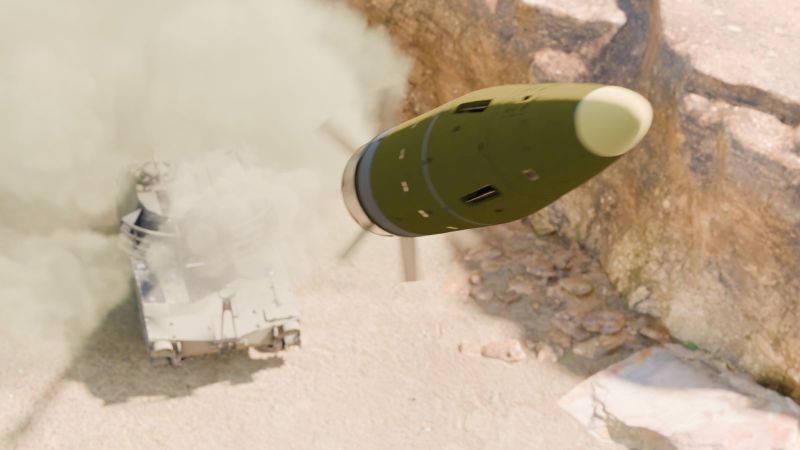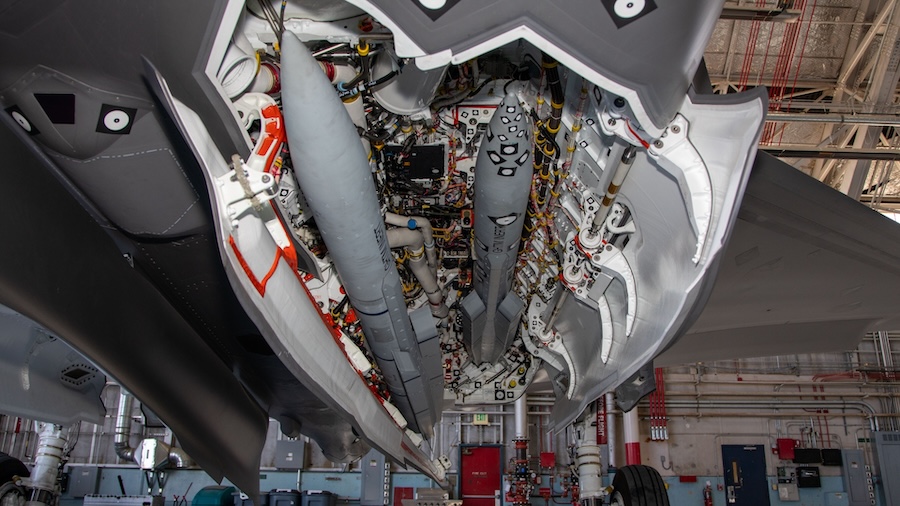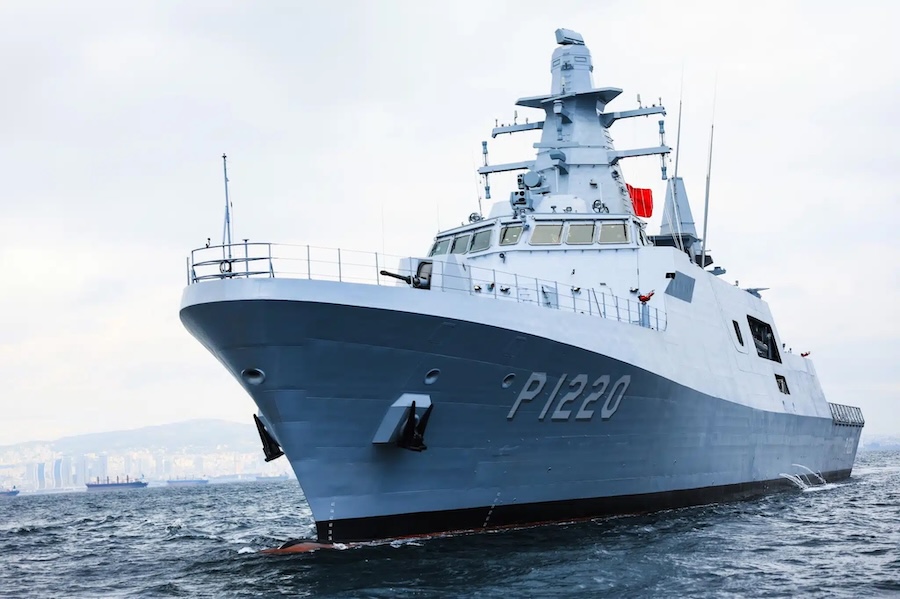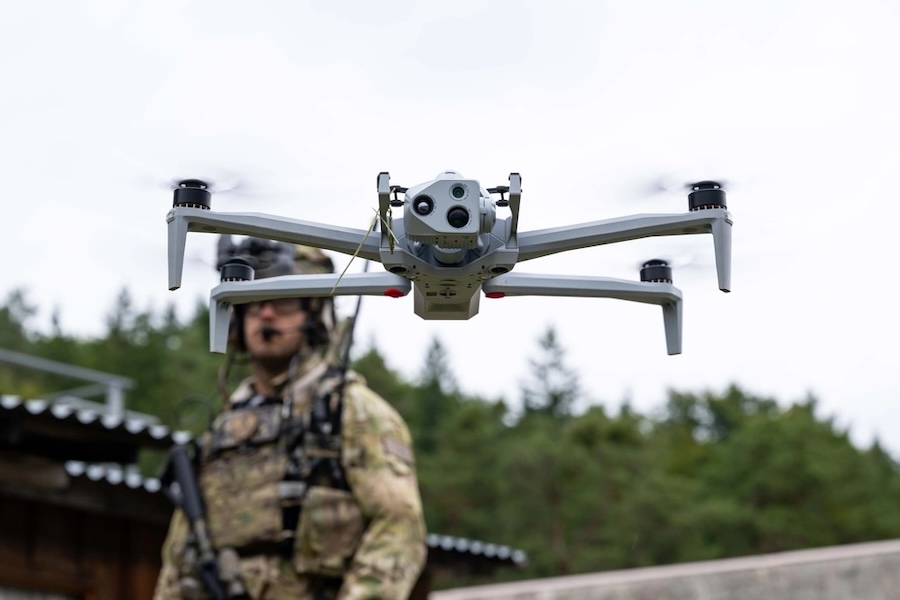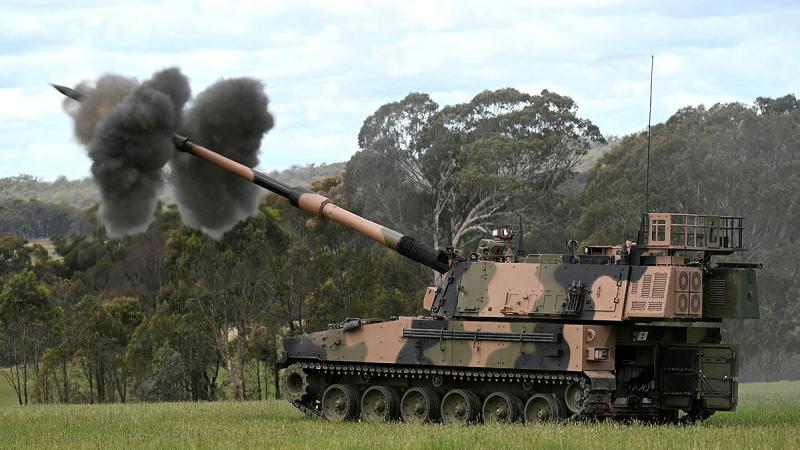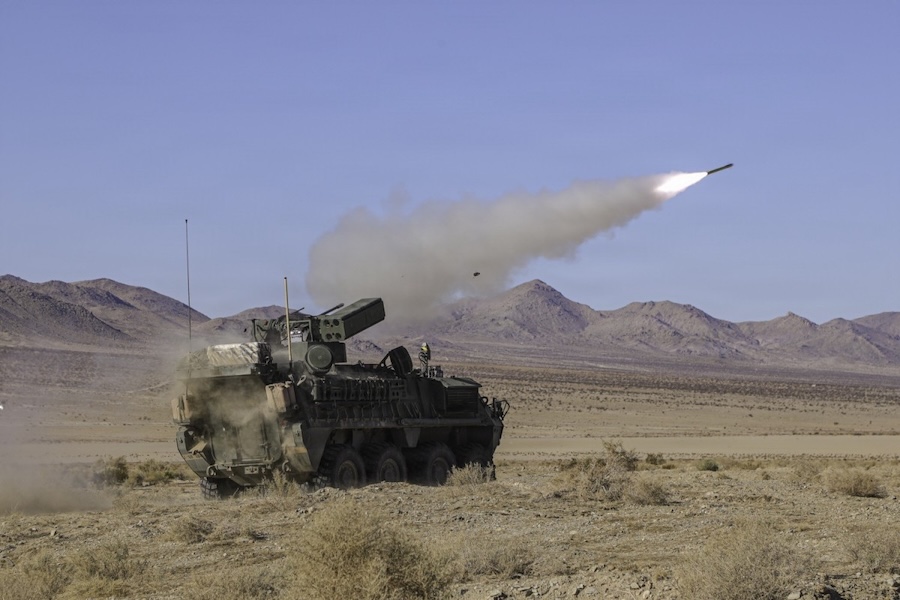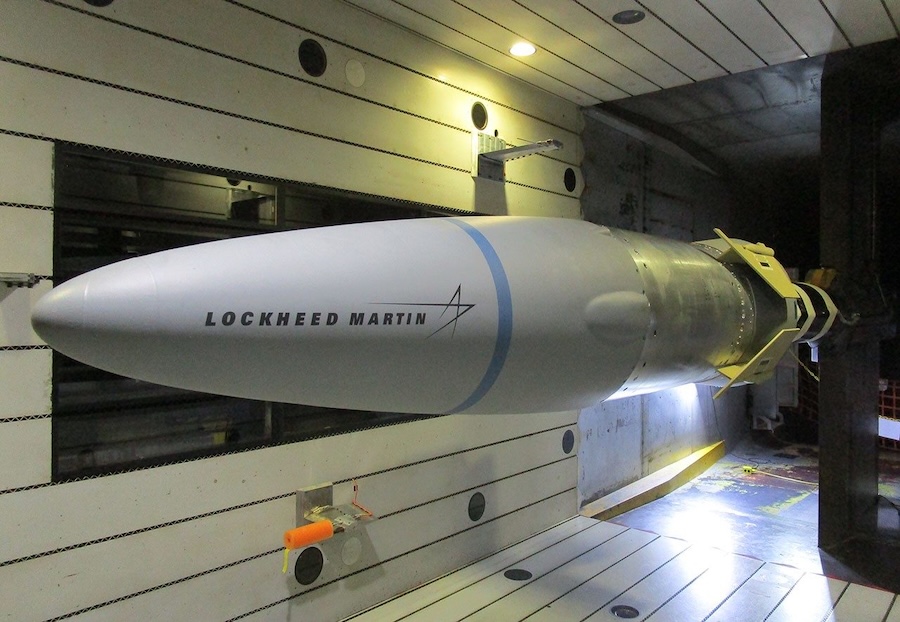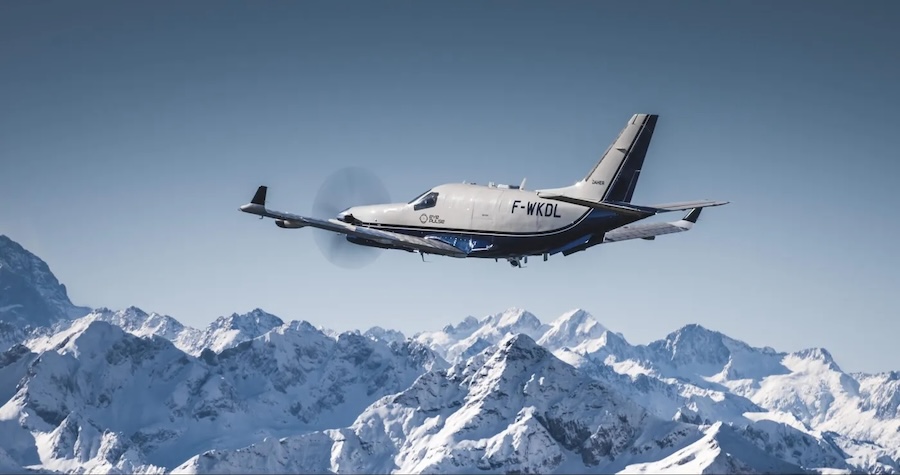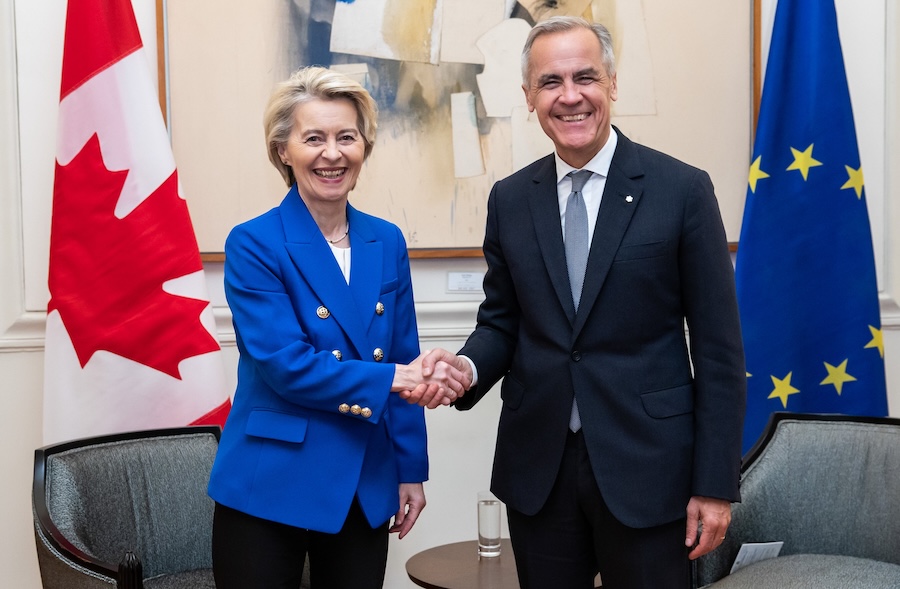“This contract is the largest missile contract in Kongsberg’s history and an important milestone for us. We are pleased the United States has selected KONGSBERG as an industry partner and look forward to continued cooperation to support US defence capabilities and create value for important stakeholders in Norway and the US,” said Geir Håøy, President and CEO of KONGSBERG. This agreement marks a continuation of a longstanding partnership between Kongsberg and the United States in bolstering defence capabilities.
The Naval Strike Missile, developed by Kongsberg, is a central component of the U.S. Navy’s Over-the-Horizon Weapons System (OTH-WS) Program. It is currently being deployed on Littoral Combat Ships and CONSTELLATION-class Frigates, strengthening the U.S. Navy’s surface warfare capacity. Additionally, Kongsberg’s NSM plays a key role in the U.S. Marine Corps’ NMESIS (Navy Marine Expeditionary Ship Interdiction System) Program, enhancing its coastal defence capabilities.
Reflecting on the broader demand for Kongsberg’s missiles, Eirik Lie, President of Kongsberg Defence & Aerospace, highlighted the contract’s significance for the company’s supply chain and global partnerships. “This contract is an example of the strong demand we see for our strike missiles across NATO and allied nations, which is why we this year have opened a new missile factory in Norway and announced two facilities in Australia and the US,” Lie stated. He further noted that the multi-year structure of the contract would provide stability for Kongsberg’s supply chain and workforce.
In response to this increased demand, Kongsberg recently announced the construction of a new missile factory in James City County, Virginia. The facility is expected to boost production capacity for both the Naval Strike Missile and the Joint Strike Missile (JSM), further supporting the U.S. and allied nations’ defence requirements.
The NSM, a highly survivable and effective anti-ship missile, has proven its operational performance since it was first deployed in 2012 by the Norwegian Navy. It has since been adopted by a range of countries, including Poland, Romania, Canada, Germany, Australia, Malaysia, Spain, the UK, and several NATO allies.

